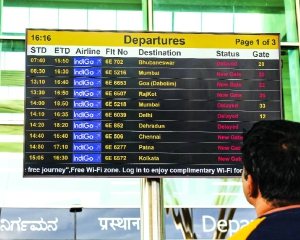Slum redevelopment in Bhopal rarely begins with people. It begins with maps, surveys, and a push for land. People come in later—as variables to be shifted, not participants in the process.
Over the years, informal settlements have come up in the shadows of government offices, roads, and rail lines. These aren’t pockets of idleness—they’re neighbourhoods that keep the city going. Tailors, domestic workers, drivers, vendors, sweepers, mechanics, and masons live here. They work nearby, often on foot. Their lives run on nearness, not contracts.
When cities redevelop, these are the places that go first. The plans speak of better housing and cleaner streets, but the real cost is rarely spelled out. What disappears is not just shelter, but structure—an entire rhythm of life shaped by habit, location, and informal support.
Much more is said than done when it comes to rehabilitation. It sounds central, but it’s rarely part of the first draft. Layouts are drawn, the land is marked, and only then comes the question: where will these people go? Rehabilitation becomes a response, not a reason. The original plan was to free land. Everything else is a postscript.
Informal neighbourhoods may look chaotic, but they function with precision. People live where they do because their work depends on it. The corner where jobs are found, the tea stall where credit runs, the house they clean—all of it is mapped to walking distance. Shift the house, and the system breaks.
Relocation may bring new walls, water taps, even titles. But it rarely brings continuity. The neighbour who once watched your child is now kilometres away. A five-minute walk becomes a two-hour commute. What is lost isn’t just income, but time, trust, and the small arrangements that hold a household together.
For women, the impact runs deeper. Many work in nearby homes—cooking, cleaning, caregiving. These jobs run on routine and recognition, not paperwork. Relocation severs that link, and the work vanishes with it.
This is why every demolition should be preceded by an economic study. It must ask who earns, how, and where. It must understand what holds these lives in place. Surprisingly, none ever do. Planning assumes that jobs will follow, that families will adapt. But when income collapses, children leave school, debt grows, and families drift back to informality.
The rupture isn’t just economic. It’s emotional. Losing a home also means losing orientation, safety, and community. Children lose their friends. Elders grow anxious. Women lose trusted neighbours. These effects are real—even if they never make it into policy notes.
That’s why rehabilitation panels must include more than engineers. A psychologist can help design transitions, not just movements. An economist can map impacts. A sociologist can flag what is lost beyond the visible. Without this, redevelopment becomes demolition with better branding.

























